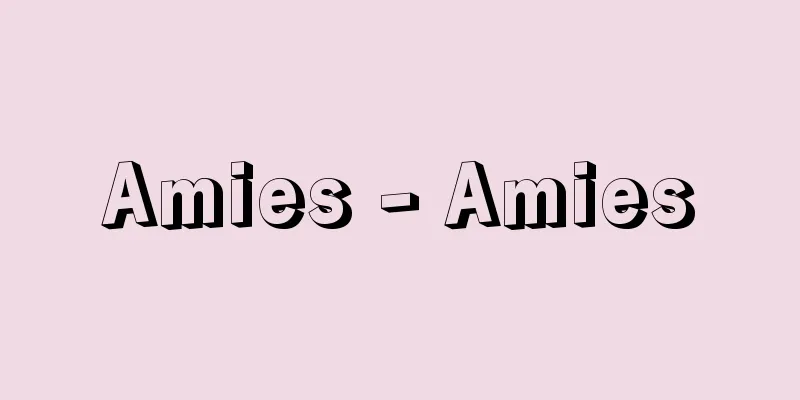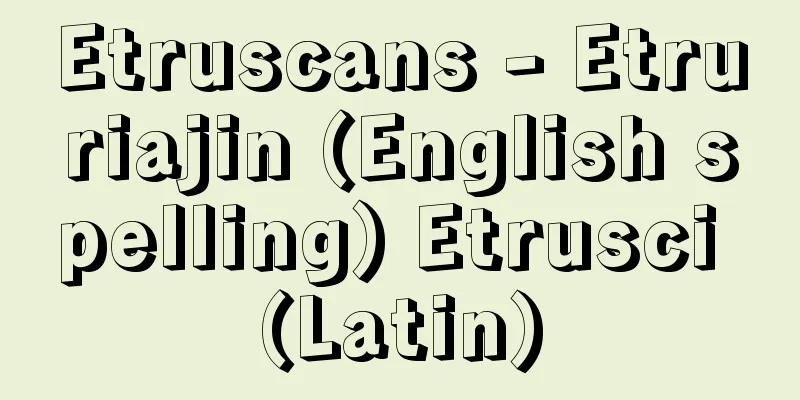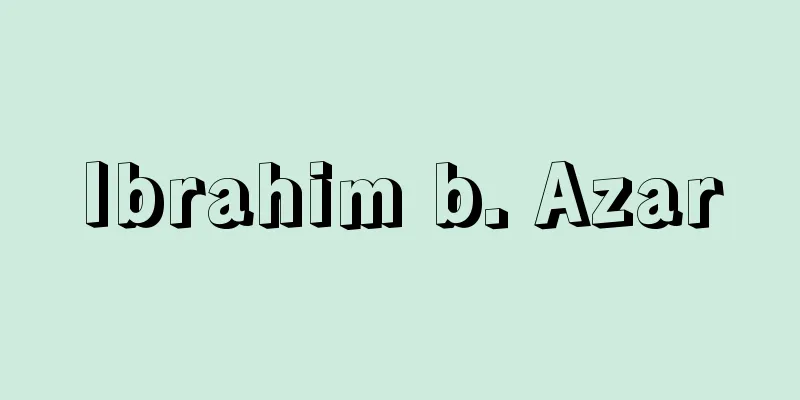Lord Ashikaga - Lord Ashikaga

|
For example, the kao of the Hojo clan, the regents of the Kamakura Shogunate, can be roughly divided into two types: the Tokimasa type (Yasuhito, Tsunehito, Shigetoki, Masamura, Tokimura, etc.) and the Yoshitoki type (Tokimune, Sadatoki, Teruhito, Takatoki, etc.). During the Muromachi period, the so-called Ashikaga-style kao (signature signature) based on that of Ashikaga Takauji (for example, Ashikaga Yoshimitsu, Yoshinori, Yoshimasa, Takanao Moronao, Shiba Yoshimasa, Ise Sadachika, Iio Seito) was widely used by the Ashikaga Shogunate, as well as by shugo, hokoshu, magistrates, and other samurai in various provinces. In the Edo period (especially the early period), even among the Tokugawa Shogunate and ordinary samurai, the so-called Ming style kao (signature typeface) modeled after Tokugawa Ieyasu's kao, characterized by two lines at the top and bottom, was used (for example, Tokugawa Hidetada, Iemitsu, Tsunayoshi, Yoshimune, Honda Masanobu, Ina Tadatsugu, Maeda Toshinaga, Mori Hidemoto, and Oishi Yoshio). *Some of the terminology explanations that refer to "Ashikaga-sama" are listed below. Source | Heibonsha World Encyclopedia 2nd Edition | Information |
|
…例えば鎌倉幕府の執権北条氏の花押が,おおよそ時政型(泰時,経時,重時,政村,時村等)と義時型(時宗,貞時,熙時,高時等)の2類型に分けられる。室町時代には足利将軍家をはじめとして広く守護,奉公衆,奉行人その他諸国の武士の間に,足利尊氏の花押を原型とするいわゆる足利様(あしかがよう)の花押(例えば足利義満,義教,義政,高師直,斯波義将,伊勢貞親,飯尾清藤)が用いられた。江戸時代(とくに前期)には徳川将軍家以下一般武士の間にまで,天地の二線を特徴とする徳川家康の花押にあやかったいわゆる明朝体(みんちようたい)の花押(例えば徳川秀忠,家光,綱吉,吉宗,本多正信,伊奈忠次,前田利長,毛利秀元,大石良雄)が用いられており,これらはその好例である。… ※「足利様」について言及している用語解説の一部を掲載しています。 出典|株式会社平凡社世界大百科事典 第2版について | 情報 |
<<: Ashikaga-sama's signature - Ashikaga Yokaou
>>: Ashikaga Mochiuji's Prayer - Ashikaga Mochiuji's Prayer
Recommend
Chion dysoni semigranosus (English spelling) Chion dysonisemigranosus
...During this time, it burrows into the sand and...
Imame Asl - Now Me Aaasur
…The 12th generation entered a state of hiding (G...
Kazushi Okawa
1908-1993 An economist from the Showa era. Born o...
Derivative financial instruments
Financial products derived from the original stock...
Job analysis - Job analysis
Job analysis is the analysis of the content of a ...
Peroxy Acid - Kasankasan
…This refers to an oxoacid in which O 2 2- is coo...
Panduranga
...According to a surviving Sanskrit inscription,...
Fukuchiyama [city] - Fukuchiyama
A city in central Kyoto Prefecture. It was incorpo...
Rook - Kyosha
〘Noun〙① A carriage made from fragrant wood. A beau...
Ashi Tozan
1696-1776 A Confucian scholar in the mid-Edo peri...
Azuchi Castle Town
…In the castle towns of the Sengoku daimyo, there...
First meal - Kuizome
A celebratory ceremony in which a baby is fed for ...
Conidia - Conidia
〘 noun 〙 A type of asexual spore found in fungi. T...
Impetus - Impetus
…In this case, force is the cause of motion. Even...
Okada Shogen
...Magistrate of Mino Province in the early Edo p...









